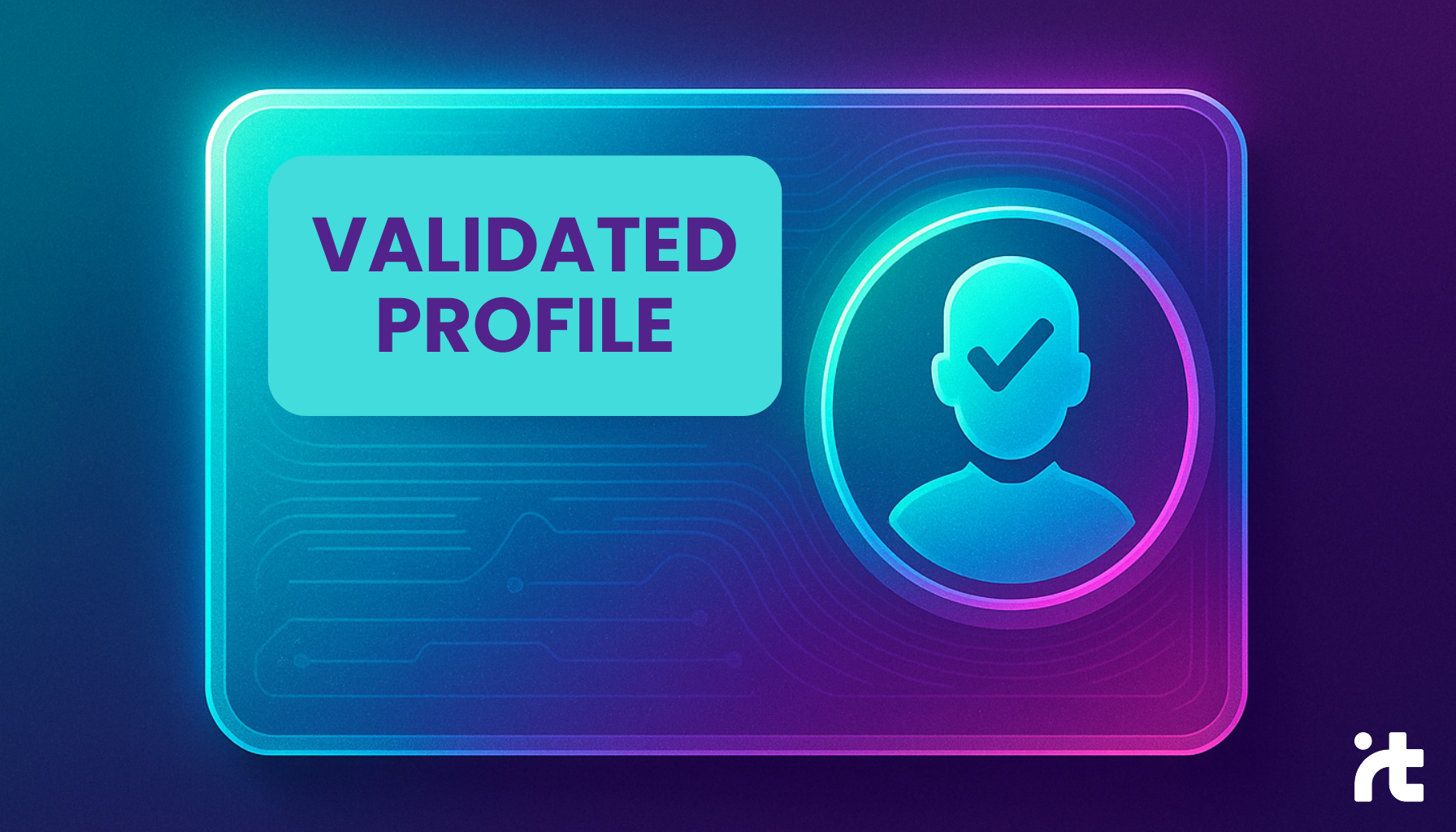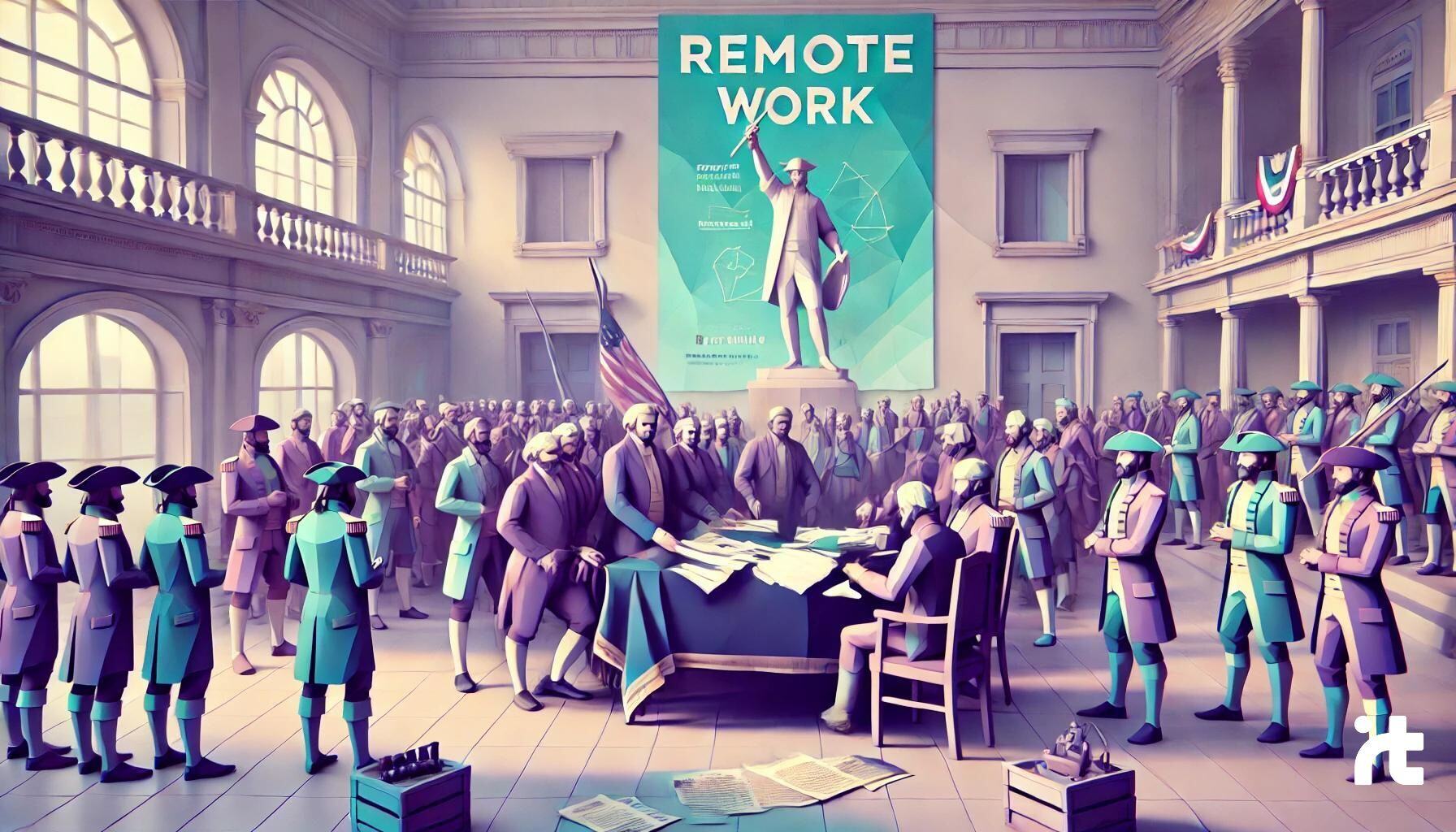In the instant connections era and remote opportunities, a digital portfolio is more than a document—it’s a living canvas that captures the pulse of your experience and professional passion. Picture a book of stories where each page is written with the rhythm of your achievements, testimonials, and projects that once were ideas and are now realities.
According to an article published on ResearchGate in August 2024, most recruiters review a candidate’s digital footprint before reaching out, most recruiters review a candidate’s digital footprint before reaching out. This confirms that having an up-to-date, well-structured digital portfolio is more than a competitive edge—it’s a gateway to opportunities that cross borders.
What is a digital portfolio, and why does it shine?
A digital portfolio has grown far beyond a CV attachment. It’s your introduction to the world: a place to share projects, methods, and the unique way you solve problems. By publishing your work, you make visible not only your talent but also your ability to turn ideas into tangible results.
At its best, a digital portfolio is a space where your skills resonate and your accomplishments can be explored through images, videos, articles, code, and more. It’s a window into your professional world—each click setting expectations for what you can deliver.
Comparison: Traditional Resume vs. Digital Portfolio

Who benefits from having one?
While digital portfolios are often associated with creative careers, nearly any field can benefit from them. That said, they shine especially bright in:
- Software development and programming
- Graphic design, UX/UI, industrial design
- Illustration and visual arts
- Writing, copywriting, journalism
- Photography and audiovisual production
- Architecture
- Modeling and acting
- Professional gastronomy
If you’ve built projects that deserve a place on the web’s stage, a portfolio is the perfect curtain rise to show your passion and ingenuity.
And speaking of digital talent in LATAM: Interfell, a consulting firm specializing in LATAM IT human resources, underscores the importance of connecting professionals with remote opportunities around the world.
Elements that bring your digital portfolio to life
As with any good story, every detail matters—the setting, the characters, the plot. Treat your portfolio the same way and infuse each element with your essence:
- Tailor it to your goal
Fit your portfolio like a custom suit. Targeting a specific role? Courting a client in a certain industry? Let each project reflect exactly what they need to see. - Keep it current
A stale portfolio is like a wilting flower. Water it with fresh water. Add recent data points, tools you’ve mastered, and standout projects from your journey. - Contact info and a clear CTA
Your call to action is the bridge between your presentation and a real conversation. Beyond email and phone, consider a contact form and links to professional networks (LinkedIn, GitHub, Behance, etc.).
Five steps to create an inspiring digital portfolio
Let your creativity flow like a strong river—with clear direction:
- Craft a precise professional title
Define who you are with clarity. Applying as a “UX/UI Designer”? Say it. Is your strength “Python Development”? Lead with it. These small signals guide employers and clients. - Write a brief, compelling summary.
Let your personality, experience, and passion peek through. Be concise: the essence of your talent should shine without excess ornament—but keep that spark that makes you unique. - Select and showcase your best work.
Curate your crown jewels. Choose projects that define your style, innovation, and trajectory. Add context: What was the problem? How did you solve it? What results did you achieve? - Highlight your tools and core competencies.
In a remote, hyperconnected world, fluency with ICT tools is vital. List programs, programming languages, platforms—any software you command. In IT, especially, this is often decisive. - Include a strong call to action (CTA).
Don’t forget the doorway to interaction—your email, professional networks, and a short message inviting people to take the next step.
Popular tools for building a digital portfolio
Every profession has its own canvas and brushes. A great portfolio doesn’t have to use the same palette as someone else’s. (Here, a brief comparison table of tool options—by profession or use case—can help readers choose the right platform.)
Current Tools for a Great Digital Portfolio
Shine, and connect with your next opportunity
Think of your portfolio as a constellation in the night sky: each project is a star, and together they form the figure that represents you. Your digital portfolio makes the luminous trail of your career visible, helping recruiters, clients, and collaborators discover everything you can offer.
Keep that constellation alive. Let it grow with every experience, and make passion the thread that ties it all together. In this connected age, don’t let your achievements fade into silence.
Remember: at Interfell, we stay on top of the latest IT HR trends in Latin America and are ready to guide you on your professional development journey and your search for the perfect opportunity.
Dare to showcase your potential and reach new horizons!
FAQ's
1) Do recruiters actually check digital portfolios?
Yes. Reports in 2023–2024 indicate that many recruiters review online presence and portfolio links early in the process. Portfolios provide evidence beyond the CV.
2) What should a developer's portfolio include?
- 3–6 projects with context (problem → approach → results)
- Links to code (GitHub) and live demos
- Tech stack (languages, frameworks, tools)
- Brief “About” section and clear contact/CTA
3) How can I build a UX/UI portfolio without client projects?
Create case studies from redesigns, personal projects, hackathons, or community work. Show research, wireframes, iterations, and usability outcomes—even if the project isn’t commercial.
4) Where should I host my portfolio?
Developers: GitHub + personal site (WordPress/Wix).
Designers: Behance/Dribbble + personal site.
Writers: WordPress/Medium. Always keep a custom domain for credibility.
5) How often should I update my portfolio?
Quarterly is a good cadence, or immediately after a notable project ships. Remove outdated work and highlight your most recent, relevant outcomes.
6) What metrics make a portfolio stronger?
Examples: “Reduced page load time by 35%,” “Increased sign-ups by 22%,” “Automated a workflow saving 8 hours/week,” “Achieved 92% task success in usability testing.”
7) What’s the key difference between a resume and a portfolio?
A resume lists responsibilities; a portfolio proves impact with evidence—demos, repos, designs, and metrics.





.png)